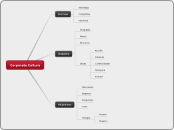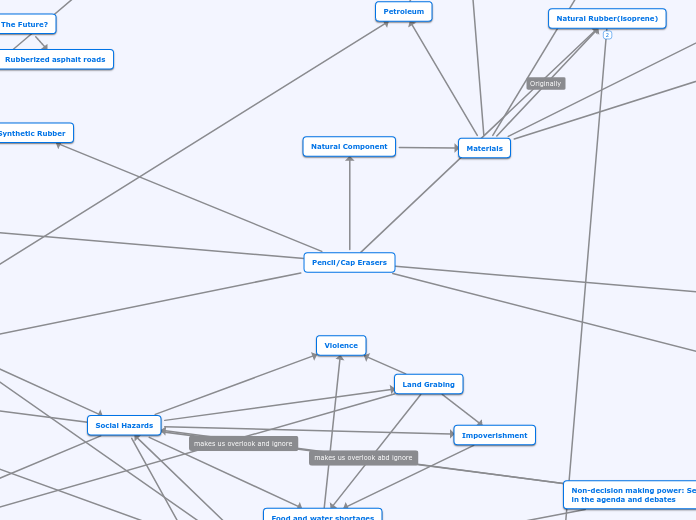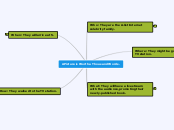Grain refinement
Problem statements
Large variations in grain refiner efficiencies
Probably due to particle size distribution
Particle measurements
Grain refinement tests
Consensus on theory
Favourable growth conditions
Low levels of poisonous elements
High alloying
Titanium
Narrow particle size distribution
Optimization benefits
Underämne
Quality improvement -
less amount of boride particles
Lower cost
Current usage
Average addition rate where Optifine is used is < 0.3 kg/t, i.e. 75 % less. If extended to whole consumption of grain refiners, 25 000 tonnes will propably suffice to grain refine all aluminium.
Annual consumption of 80 million tonnes of Al is grain refined with 100 000 tonnes of grain refiner = 1.25 kg/t
Growth
Type of alloying element
Strength of growth restriction factor
Phase diagram data.
Element k m (k-1)m
Ti 9 30.7 245
Si 0.14 -7.1 6.1
Mg 0.51 -6.2 3.0
Fe 0.02 -3 2.9
Cu 0.17 -3.4 2.8
Zn 0.4 -1.6 1.0
Mn 0.94 -1.6 0.1
Poisoning elements: Zr, Cr, (Mn)
Nucleation
Correlation particle size - undercooling
Particle size distribution
Type of nucleus
TiB2
TiC
Grain size optimization
Larger grain size in slabs - lower rolling forces?
Will larger grain sizes in billets have benficial effects for extrusion?
What are the optimum grain sizes in various alloys in relation to casting processes, e.g. billet, slab, sheet etc. Much can be saved by enough grain refiner to obtain safe casts.
Enironmental aspects
Long transports from producer to user
KBF4 K2TiF6 Release of F2 to atmosphere Formation of HF









